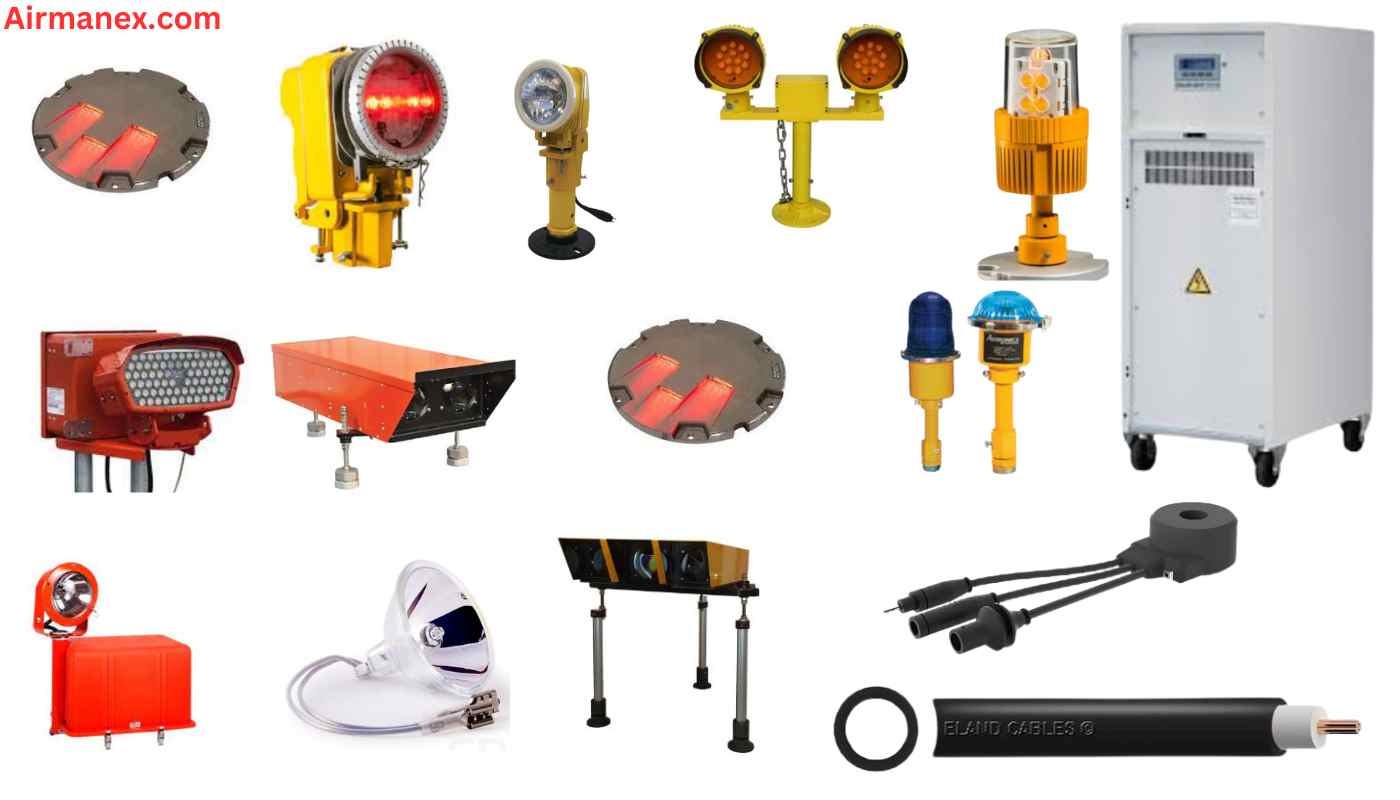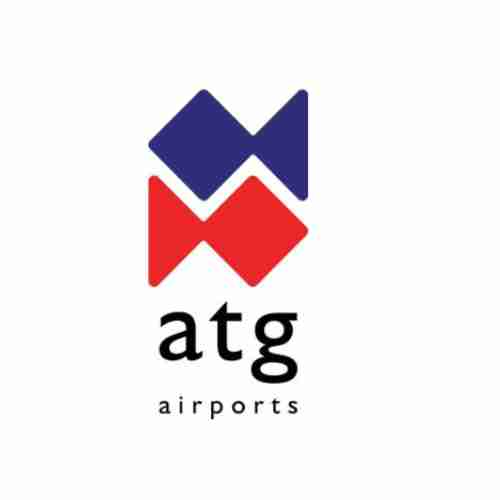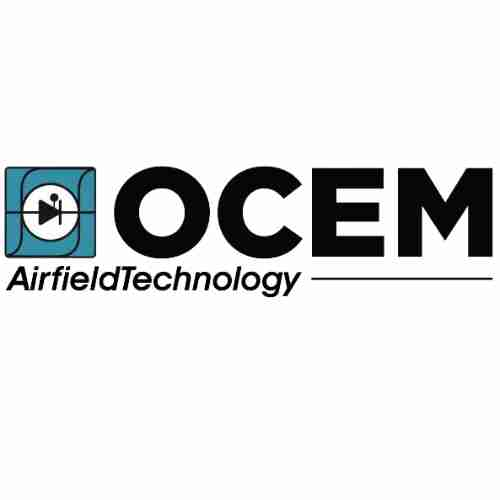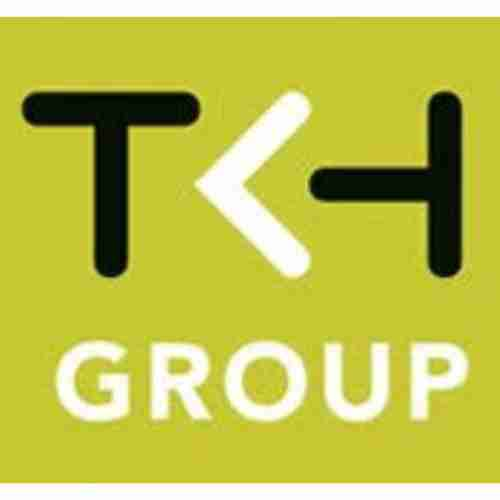Airfield Ground Lighting Runway and Taxiway in Japan in 2025
The Land of the Rising Sun is renowned for its technological prowess and unwavering dedication to safety. This commitment extends to its impressive network of airports, where meticulously designed airfield ground lighting (AGL) systems play a vital role in ensuring smooth and secure operations. Buckle up as we delve into the fascinating world of Japanese AGL, exploring the cutting-edge technologies, adherence to international standards, and the vital role it plays in aviation safety.

A Breakdown of Japanese AGL Systems
Japanese AGL systems are a symphony of strategically placed lighting fixtures, each serving a specific purpose. Let’s illuminate the key components:
- LED Runway Lighting: Japan is at the forefront of adopting LED lighting for runways. LEDs boast superior energy efficiency, longevity, and directional control compared to traditional halogen lamps. This translates to brighter, more uniform illumination, enhancing pilot visibility during critical takeoff and landing phases.
- Runway Edge Lighting Systems: These fixtures, typically blue or white, delineate the runway edges, providing pilots with clear runway definition, especially during low-visibility conditions.
- Taxiway Centerline Lighting: Imagine a guiding path on the taxiway. That’s precisely what taxiway centerline lights do. These green lights lead taxiing aircraft along the designated path, preventing runway incursions and ensuring orderly traffic flow.
- Precision Approach Path Indicator (PAPI) Lights: Picture a pilot making a final approach to the runway. PAPI lights, a series of four lights emitting white, red, or a combination of both, provide visual guidance to ensure a safe and stabilized approach.
- Runway Status Lighting (RWSL): Imagine a red and white checkered light display. That’s RWSL in action. It signifies a closed runway, preventing mistaken landings and potential accidents.
Additional Layers of Illumination
The aforementioned systems form the core of Japanese AGL. However, the brilliance extends further:
- Threshold Lights: These powerful white lights mark the runway’s beginning and end, providing a clear visual reference for pilots, especially during landings at night.
- Centerline Lights: These extend from the runway threshold for a certain distance, providing additional guidance during the initial landing phase.
- Taxiway Edge Lights (typically blue): Similar to runway edge lights, these blue fixtures delineate taxiway edges, ensuring pilots maintain proper separation between taxiing aircraft and other airport elements.
- Stop Bar Lights: Red stop bar lights at runway intersections and holding areas serve as a clear and unmistakable signal for pilots to halt their aircraft.
- Clearance Bar Lights: These white lights located before runway intersections indicate the safe stopping position for departing aircraft awaiting takeoff clearance.
International Standards and Visibility
Japan adheres to the stringent guidelines set forth by the International Civil Aviation Organization (ICAO) Annex 14 Aerodromes. This ensures compatibility with international aircraft lighting systems and fosters seamless global air travel. AGL systems play a pivotal role in enhancing airport visibility, particularly during low-light conditions like fog, rain, or twilight. By providing clear visual cues, these systems empower pilots to navigate safely and efficiently, even when natural visibility is compromised.
How AGL Systems Enhance Japanese Aviation
Japanese AGL systems are more than just illuminated pathways; they are the silent guardians of aviation safety. Here’s how they contribute:
- Improved Visibility for Pilots in Low Light Conditions: As mentioned earlier, AGL systems pierce through the veil of darkness, providing pilots with the visual cues they need to make informed decisions during critical maneuvers.
- Enhancing Airport Safety in Japan: By ensuring clear runway and taxiway delineation, AGL systems prevent runway incursions and other potential mishaps. This translates to a safer operating environment for both pilots and ground crew.
- Upgrading Airport Infrastructure in Japan: Japan’s commitment to modern AGL systems reflects its dedication to continuous airport infrastructure improvement. This not only bolsters safety but also positions Japanese airports as attractive destinations for airlines and passengers alike.
Price Idea
- Runway Edge Lighting: Per linear meter, expect a range of ¥3,000 to ¥5,000 (US$22 – $37). The total cost depends on the runway length.
- Taxiway Centerline Lighting: Similar to runway edge lights, the price per meter falls within ¥3,000 to ¥5,000 (US$22 – $37). The total cost hinges on the taxiway length and complexity.
- Precision Approach Path Indicator (PAPI) Lights: A PAPI system can range from ¥5 million to ¥¥10 million (US$37,000 – $74,000) depending on the configuration.
- Runway Status Lighting (RWSL): The cost of RWSL varies based on size and complexity, but a ballpark figure would be ¥2 million to ¥5 million (US$15,000 – $37,000).
Japan’s AGL Manufacturers
Japan boasts a thriving aviation industry, and AGL system manufacturers play a crucial role. These companies are at the forefront of innovation, developing cutting-edge lighting solutions that meet the specific needs of Japanese airports while adhering to international standards.
FAQs
What are the benefits of LED lighting for runways and taxiways in Japan?
LED lighting offers superior brightness, longevity, and directional control compared to traditional options. This translates to better visibility for pilots during takeoff and landing, enhancing safety in Japanese airports.
How do AGL systems improve airport safety in Japan?
By providing clear visual cues that delineate runways, taxiways, and other critical areas, AGL systems prevent runway incursions and other potential accidents. This fosters a safer operating environment for both pilots and ground crew in Japan.
What are some future trends for AGL systems in Japanese airports?
Expect integration of advanced features like intelligent dimming and self-diagnostics, leading to increased efficiency and easier maintenance. Solar-powered AGL systems are also a possibility, promoting sustainability in Japanese aviation.










